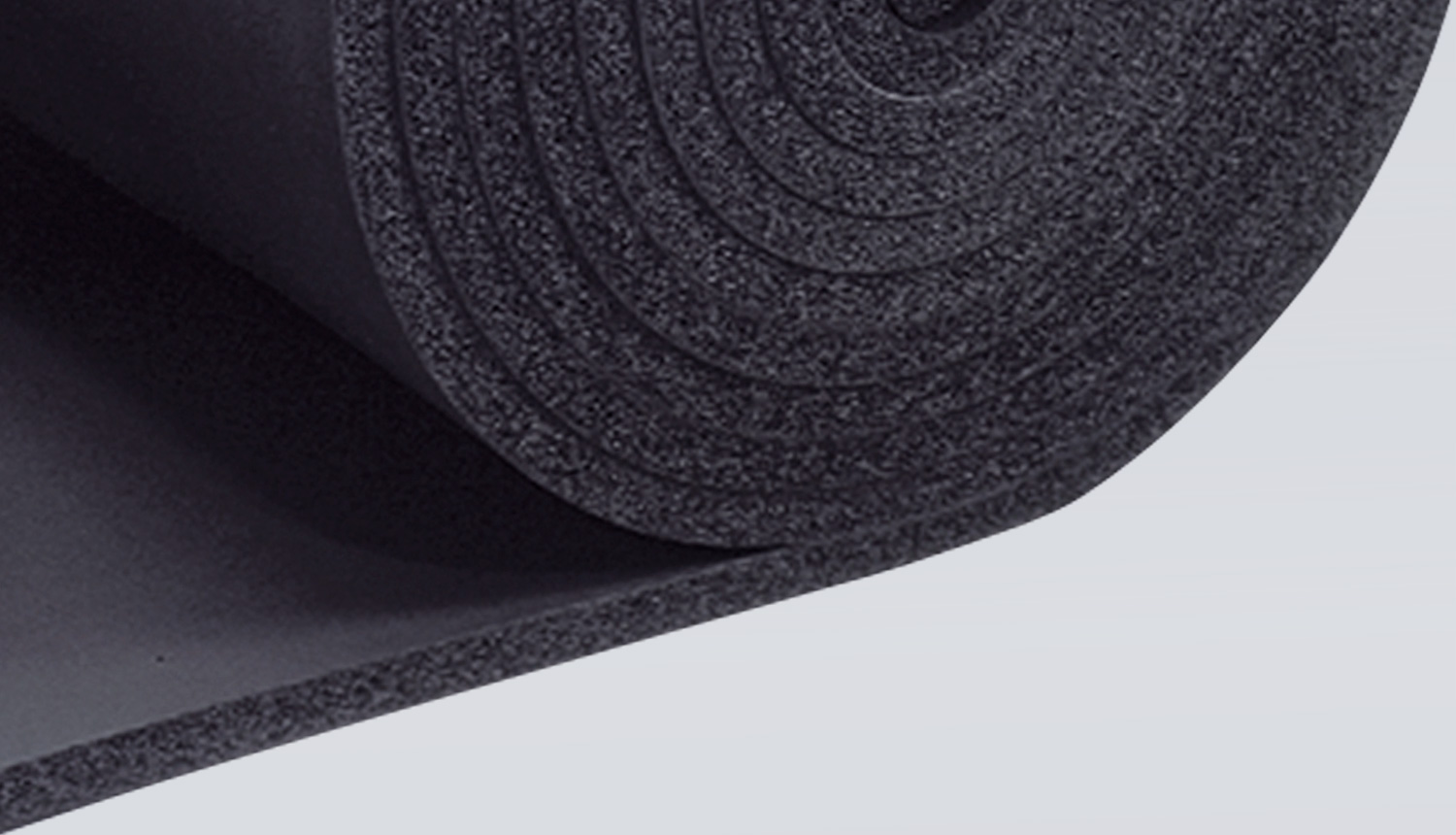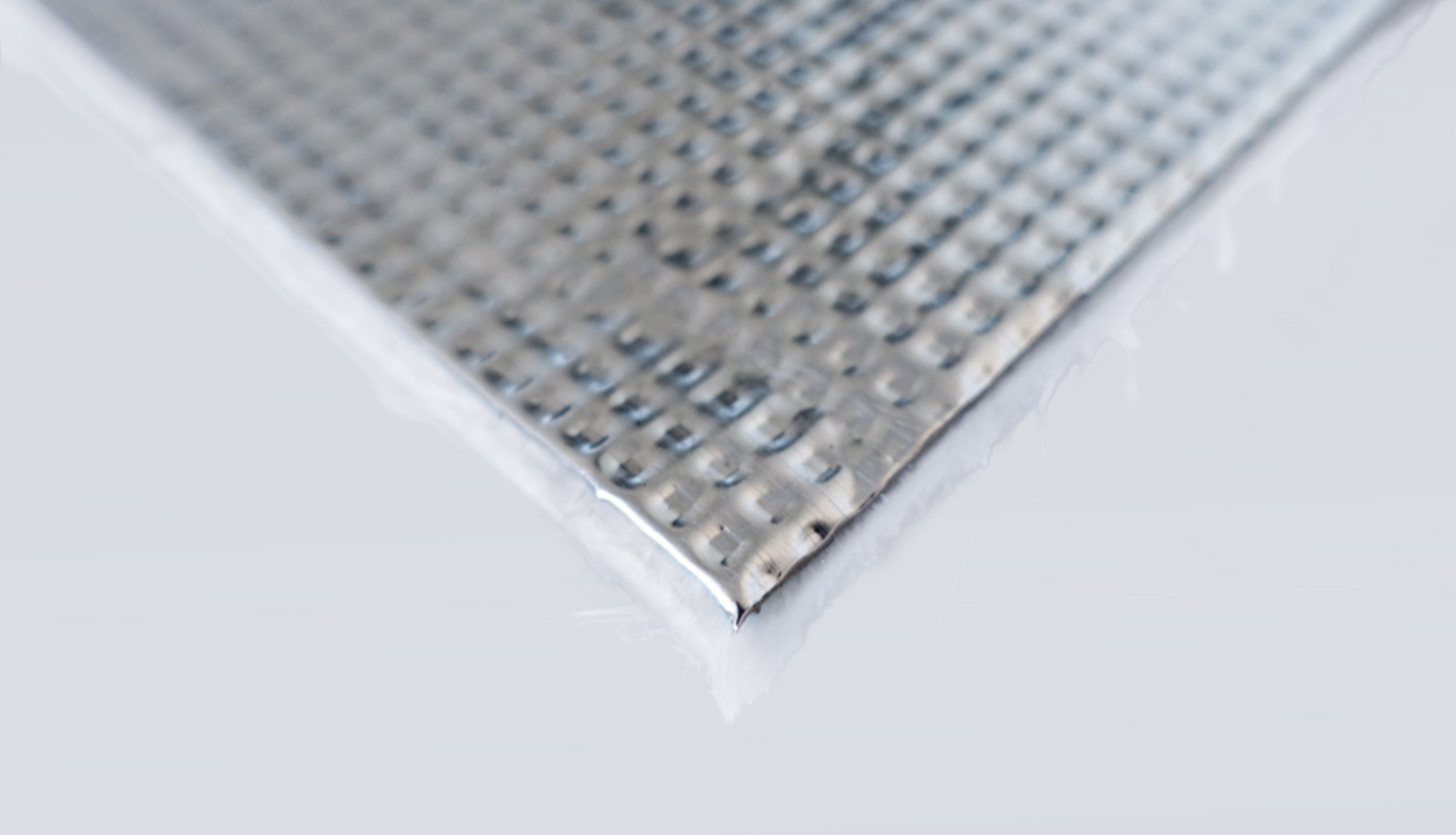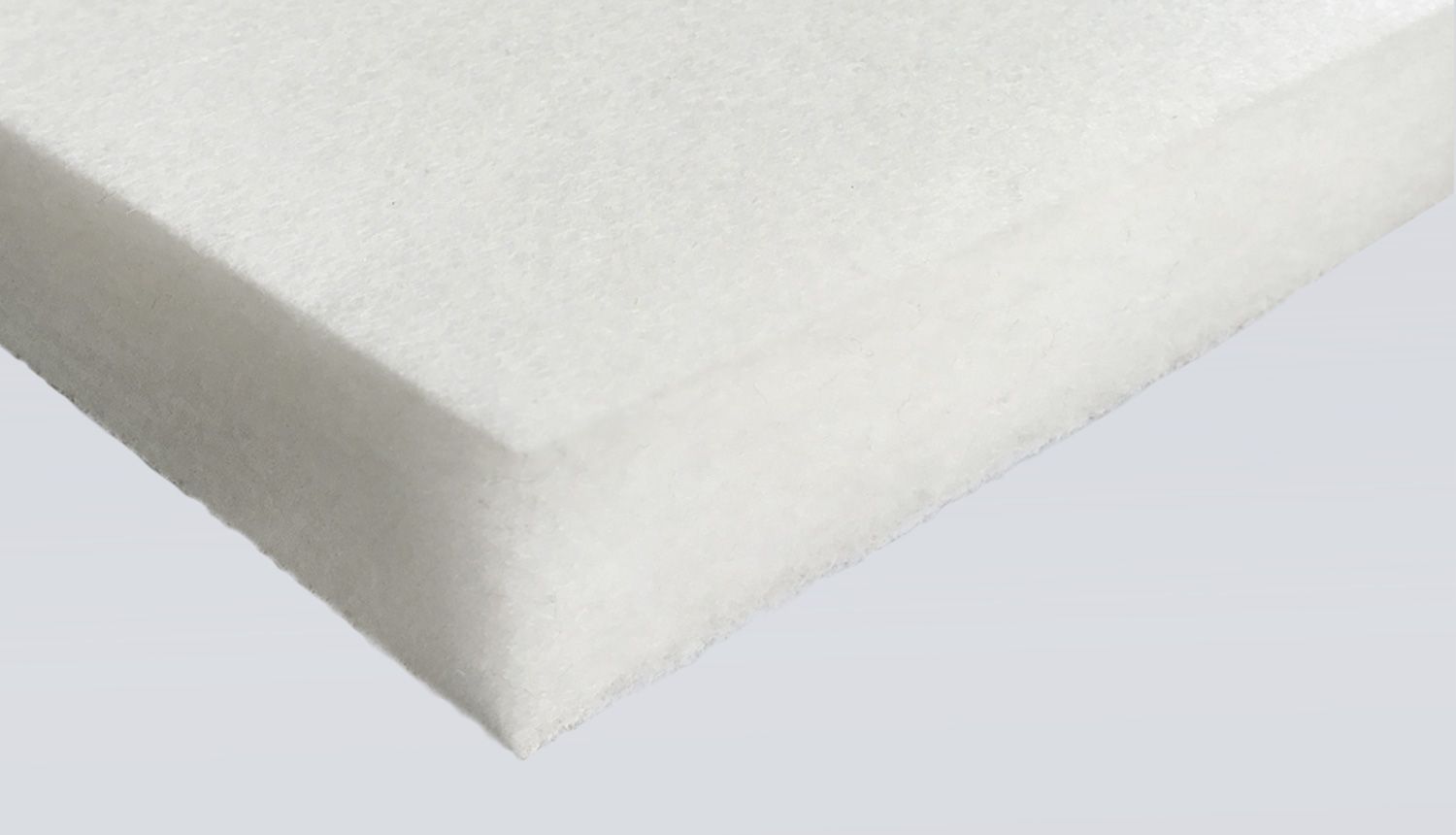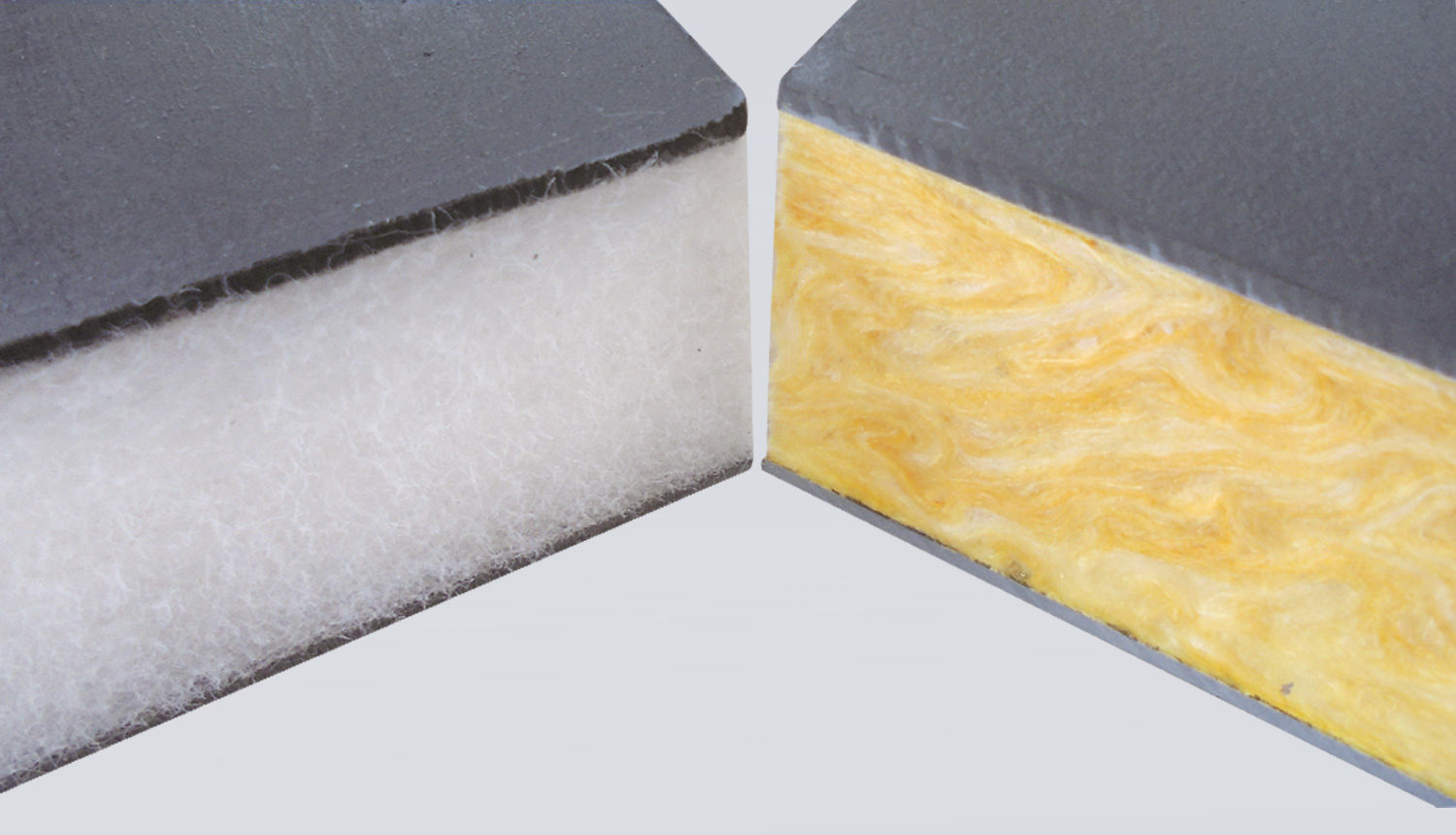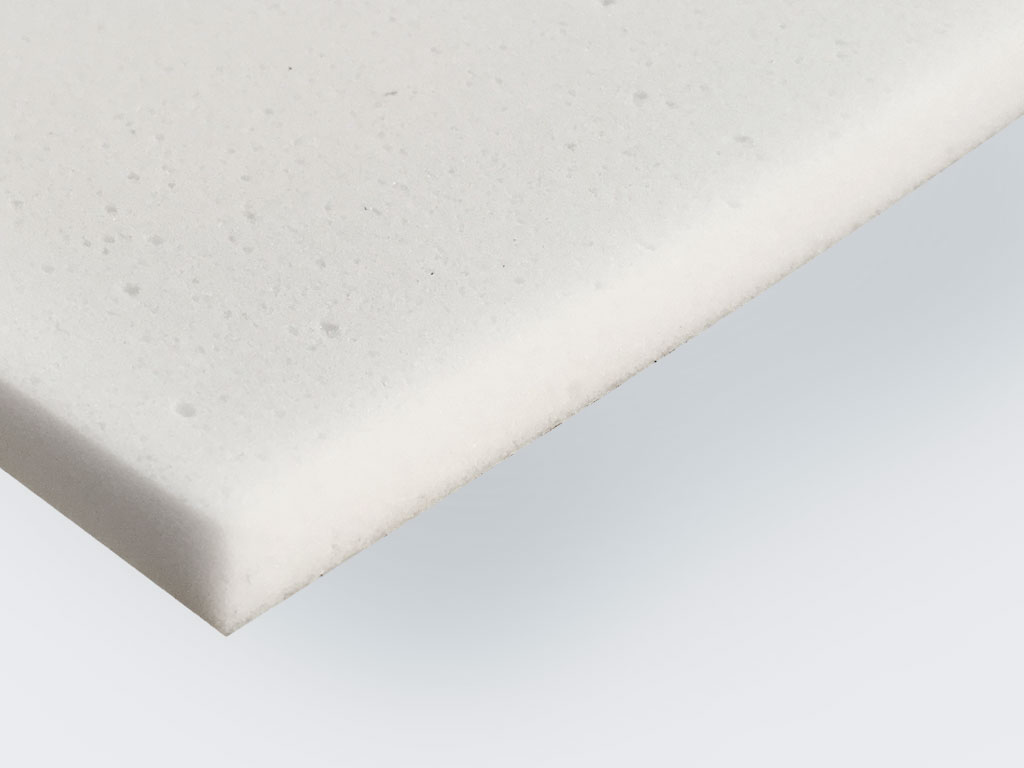
Frequently asked questions (FAQ)
Structure-borne sound insulation - anti-drumming, the transmission of sound in solid bodies. While the construction materials of machines and buildings such as cast iron, steel and concrete are good conductors of sound and are therefore described as sound-reflecting in analogy to the material consistency, rubber, on the other hand, conducts sound poorly and is very well suited as a softer material for structure-borne sound insulation. The damping effect for structure-borne sound waves is due to their partial reflection at the interface of the materials and only a part of them penetrates the intermediate layer.

